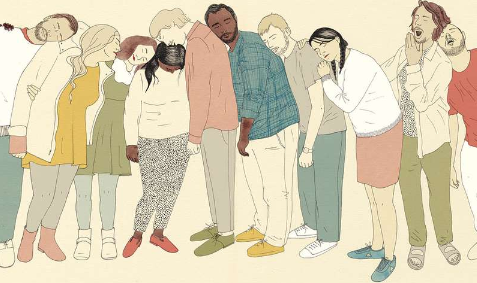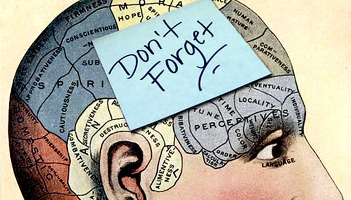Group dreaming ... future implications
Submitted by Thom Hanson on Mon, 06/29/2020 - 08:38
I JUST FINISHED READING AND WRITING A REVIEW of Jean Campbell's Group Dreaming - Dreams to the Tenth Power.
It occurs to me that if people were able to pursue and develop some capacity for group dreaming this could have effects that are global in their reach. For instance all of every single person's communications within his or her country are regulated by the limitations of their infrastructure. This infrastructure is under constant pressure by commercial interests to not only monetize and control every single aspect of the world wide web but it also leads to major commercial and politically motivated infringements on the rights and privacy of every single user.1 On a larger scale communications between individuals in different countries are not only monitored but also controlled and in some cases outright prevented from occurring. This is not without push-back of course.2 But in many cases governments -- in addition to their in some instances already considerable intelligence capabilites -- are also going after major browser providers such as Google3, or major social media such as Facebook4 and requesting data on private citizens. Motivations include not only prevention of interference in democratic processes by foreign interests (US and Russia for instance) and go so far as to prevent some technologies such as cell phones from being allowed into markets where backdoor keys in software present security risks that could make possible remote information collection -- essentially spying.5
Development of group dreaming if successfully developed presents a possible means of interaction between any two individuals -- no matter where they are located -- which can neither be prevented by any government nor infringed on by any commercial interest. This provides the basis for citizen-to-citizen exchanges that rely only upon the characters abilities and inner natures of those who are conversing and interacting.
This of course is an opinion based on an extreme long view as it would require the awareness self-cultivation and commitment of individuals to forge in themselves the clarity and strength of consciousness that makes such things as lucid dreaming possible. This turns out to be a lifetime pursuit and dependence on individual development of skills turns out to be a self-regulating and naturally limiting factor; this is understood by anyone familiar with the literature. But such human abilities hold the potential to minimize the physical and ideological constraints imposed by often irresponsible commercial enterprises and governments of all kinds. The greatest impact I see is a potentially enormous growth of consciousness, and of global awareness and engagement as the human family breaks down unnatural barriers and attains to a planet-wide solidarity.
--------------------------------------------------
References:
2 https://www.nytimes.com/2013/12/20/opinion/protecting-citizens-and-their-privacy.html
3 https://transparencyreport.google.com/government-removals/overview
4 https://transparency.facebook.com/government-data-requests
5 https://www.bbc.co.uk/programmes/m0004cgm




